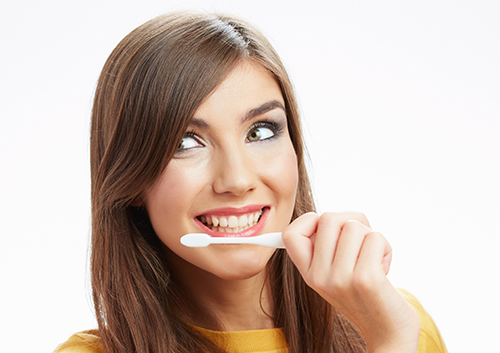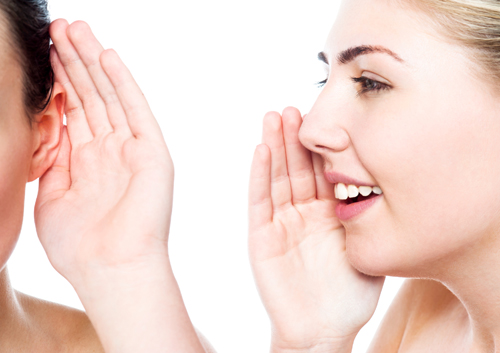Caring for Your Smile While Wearing Invisalign®
March 8th, 2023

Getting your braces off is exciting. You’ve been working on your new smile for months or years, and it’s time for the trips to our Wilmington office to pay off. Can you imagine how bad it would be to discover that your teeth are straight, but that there’s decay?
Caring for your smile while wearing Invisalign goes beyond just waiting for your teeth to get straighter. It involves cleaning your teeth regularly and thoroughly to prevent tooth decay. That way, your smile will be more beautiful than ever when you’re done with your Invisalign treatment.
Take Your Trays Out
The first difference you may notice between Invisalign and traditional metal braces is that Invisalign aligners are invisible, but there’s another important distinction as well. Invisalign braces are removable. You can take the trays out, and you should. Remove the trays while you’re eating so you don’t get food stuck in them. Also, remove them while you’re cleaning your teeth so that you can have full access to all the nooks and crannies in your mouth.
Brush Normally
The guidelines for brushing your teeth with Invisalign don’t change compared to braces. Brush your teeth at least twice a day using a soft toothbrush and a fluoride toothpaste, being sure to get all surfaces of your teeth. If possible, brush after each meal.
If you can’t, be sure to drink some water and swish it around in your mouth when you’re done eating to get rid of the extra food on your teeth. Leaving carbohydrates, such as sugar and starch, on your teeth opens the door to tooth decay.
Floss and Wash
Flossing your teeth gets out the bits and pieces stuck between them. It’s a time-consuming task when you need to navigate the wires of traditional metal braces, but thanks to Invisalign’s removable design, flossing is no problem. Rinsing your mouth with a fluoride antibacterial mouthwash also helps clean your teeth because it gets into all of the spaces. Floss and rinse one or two times daily.
Cleaning Your Trays
Cleaning your Invisalign trays keeps them from getting riddled with bacteria, and it helps keep your teeth free from excess food. You can use the Invisalign cleaning system, which involves placing the trays in a tub with cleaning crystals. The plastic trays are clean after 15 minutes. You can also ask Dr. Henry Browning for other ways to clean your trays.




